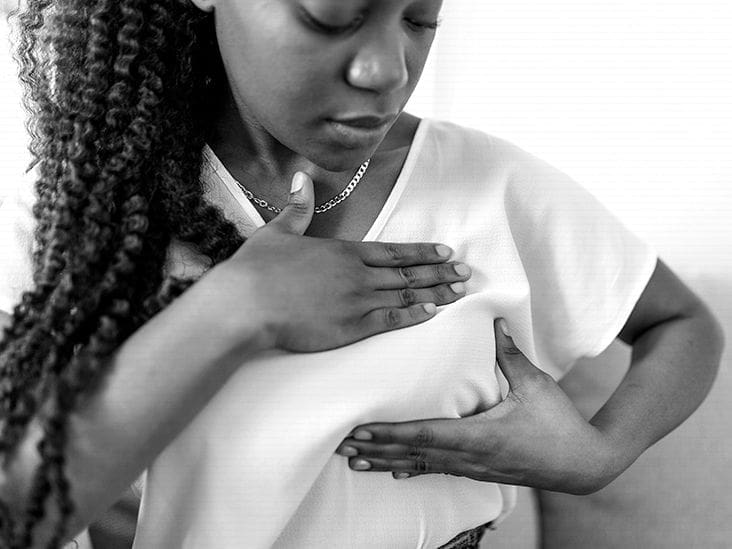Knowing how to conduct a breast self-examination is a crucial tool for early cancer detection. While medical organizations vary in their recommendations, familiarizing oneself with the usual look and feel of one’s breasts is beneficial for noticing any changes.
Breast cancer remains a significant health concern, and early detection is a key factor in successful treatment. One method to facilitate early identification is the breast self-exam, albeit with some caveats. Although the American Cancer Society (ACS) does not include it in routine screening recommendations due to potential false positives, they emphasize the importance of breast self-awareness.
The process of breast awareness involves regularly familiarizing oneself with the normal state of the breasts. This awareness can enhance the early detection of changes, potentially indicating cancer. The National Breast Cancer Foundation outlines a three-step self-examination process, beginning with a visual check in front of a mirror, followed by physical examinations both standing and lying down.
During the visual exam, individuals should look for alterations in breast symmetry, skin color, and nipple characteristics. Repeating these steps with arms raised and leaning forward helps ensure a thorough examination. For the standing exam, often performed in the shower, use the pads of the fingers in circular motions across the entire breast and chest area, applying varying pressure to discern lumps or abnormalities.
The lying down check helps in evenly distributing breast tissue for a comprehensive assessment. By repeating similar motions as the standing exam, one can cover the entire area, including under the arms and around the collarbone, inspecting for lumps and discharges.
While palpable lumps can be alarming, it is vital to understand that not all lumps indicate cancer. Hence, continuous self-exams can help in differentiating between normal and concerning growths, potentially prompting a timely medical consultation.
Symptoms such as changes in breast shape, skin color, or nipple inversion can be early indicators of breast cancer. Furthermore, swollen lymph nodes under the arm may signify infection, vaccination response, or cancer involvement. These signs necessitate professional evaluation, especially if persistent.
Despite the ACS stance on self-exams, some organizations advocate for monthly checks. BreastCancer.org suggests examining breasts monthly, ideally post-menstruation when tenderness is minimal. Post-menopausal women might prefer to check on the same date each month, which assists in tracking any changes consistently.
Regular consultations with healthcare professionals for mammograms remain essential. Self-exams are supplementary and not diagnostic tools. They should be viewed as part of a broader strategy for breast health monitoring.
Incorporating breast self-examinations into one’s health routine can increase awareness and potentially expedite cancer detection. While not a substitute for professional medical screenings, these checks offer insights into personal breast health. Discussing concerns with healthcare providers ensures a comprehensive approach to care.
Source: MedicalNewsToday












